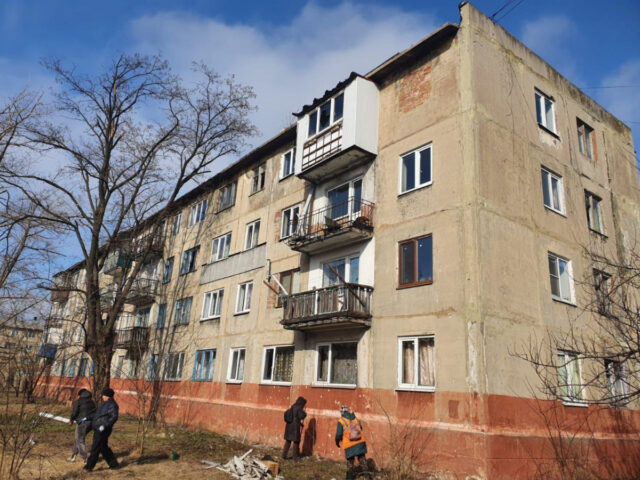The Situation in the Selydove Community of Donetsk Region
In the Selydove community of the Donetsk region, emergency operations have been initiated in response to recent bombings by the Russian military. According to the Selydove City Military Administration, this attack resulted in significant damage to local infrastructure, putting immense strain on an already vulnerable community.
Imagine waking up to the sound of destruction. Seven multi-story residential buildings now bear the scars of conflict, with a staggering 168 shattered windows. Such circumstances leave families feeling vulnerable and desperate. To alleviate the suffering, humanitarian workers are distributing essential building materials from reserve stocks. These include OSB boards, tents, plastic coverings, and wooden planks—key resources that can provide immediate shelter and protection for those affected.
In the meantime, the municipal enterprise «Komunalnyk» is actively clearing debris and reinforcing window openings in the damaged buildings. This hands-on approach not only aims to restore safety but also instills a sense of community resilience amidst ongoing turmoil. In situations like these, every small effort counts, and these workers embody the spirit of solidarity that emerges in times of crisis.
Real-life Impact and Ongoing Challenges
This timely response shines a light on the ongoing challenges faced by communities in the region. They are caught in a precarious balance—facing the constant threat of military aggression while desperately trying to return to normalcy and ensure the safety and comfort of their residents.
- Resource Constraints: Limited access to financial and material resources complicates recovery efforts.
- Psychological Trauma: Continuous conflict leaves lasting emotional scars on the affected people, particularly children.
- Community Engagement: Local activism can play a crucial role in recovery, as residents come together to support each other.
Statistics and Humanitarian Efforts
According to recent studies, communities affected by conflict often face prolonged recovery periods—averaging up to a decade in some areas. This highlights the importance of humanitarian efforts that go beyond immediate relief. The local administration is striving to offer assistance to those who have been displaced and affected by violence. Notably, during crises like these, organizations often report spikes in volunteerism as people rally to support their neighbors, creating a collective sense of hope.
As we reflect on these harrowing yet inspiring circumstances, it’s clear that humanitarian efforts are not just necessary—they are a lifeline. The resilience shown by communities like Selydove offers lessons in solidarity and strength, reminding us all of the importance of coming together during our darkest hours.
In conclusion, as the world watches, let us not only bear witness to these tragedies but also lend our support, whether through advocacy, donations, or simply spreading the word. Every action counts in rebuilding lives shattered by conflict.





